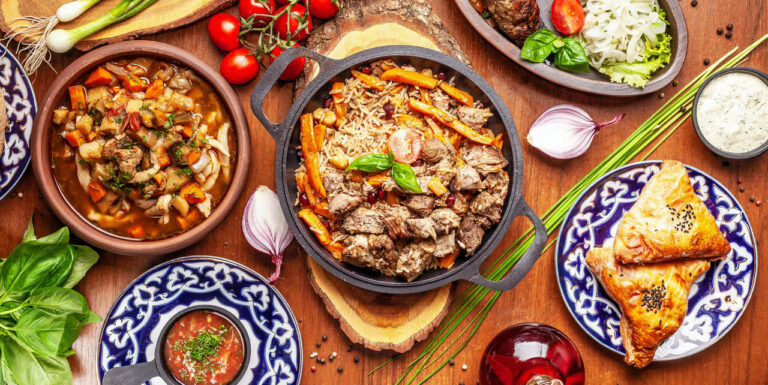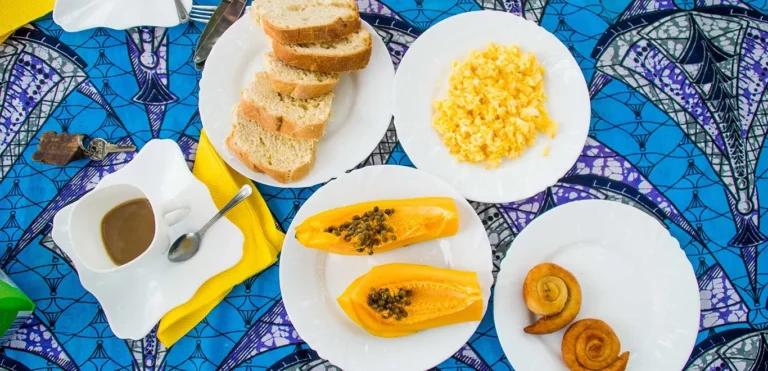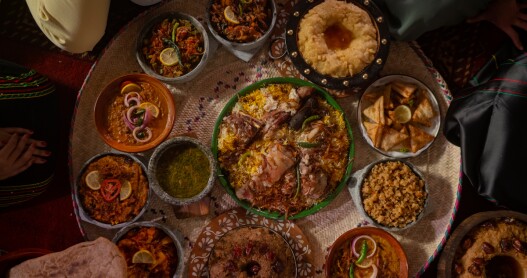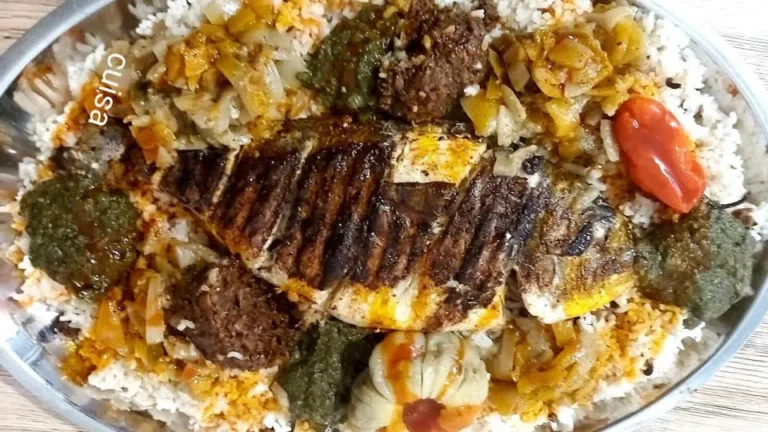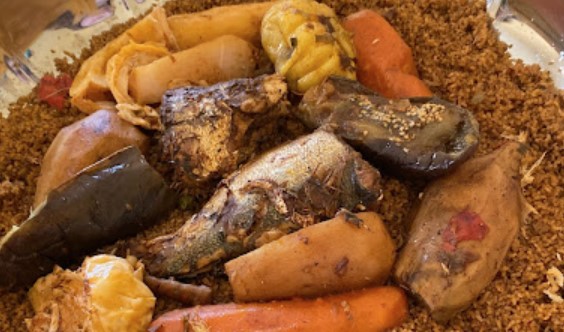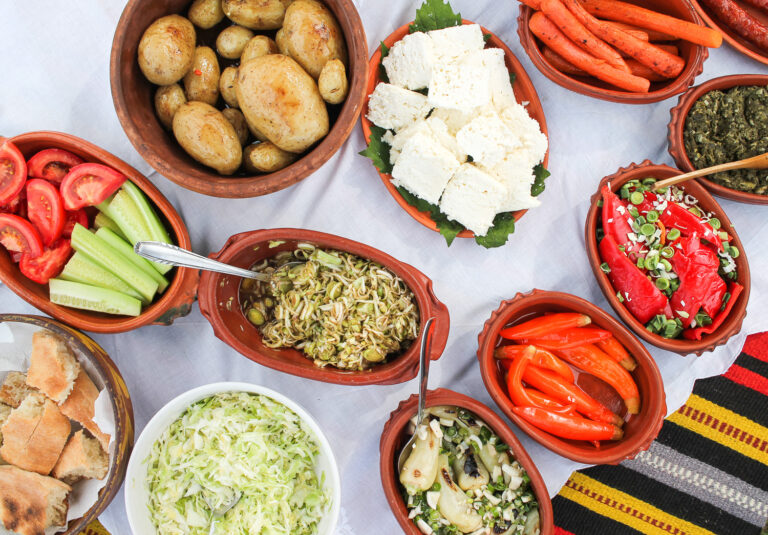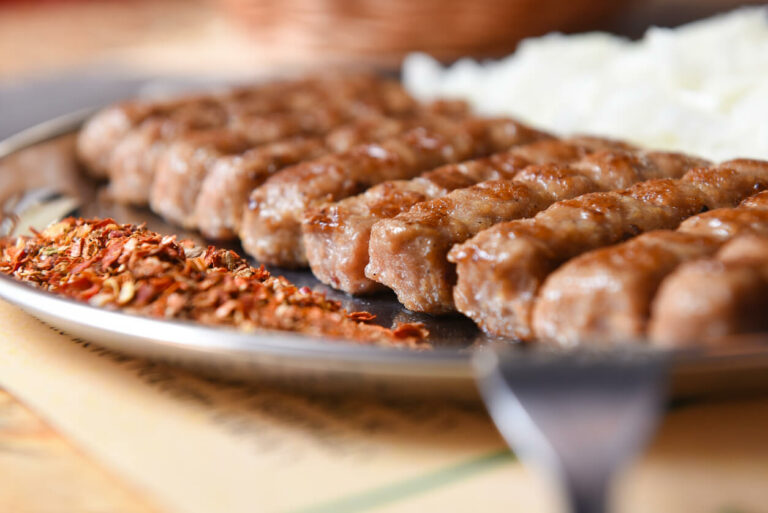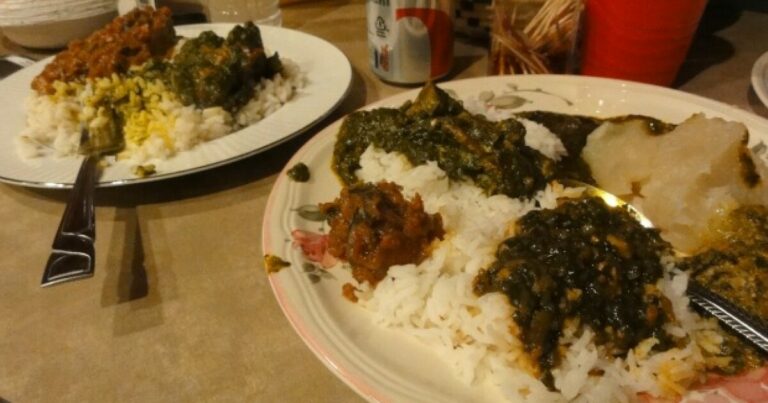Introduction: Breakfast Culture in Saudi Arabia
Breakfast is considered an important meal in Saudi Arabia, and it is usually the heartiest meal of the day. Breakfast is a time for families to gather together and enjoy a variety of dishes, which can range from traditional to modern options. It is customary to offer guests a variety of breakfast foods, and hospitality is an important aspect of Saudi culture.
In Saudi Arabia, breakfast is usually served between 6 and 10 am, depending on the region and the day of the week. On weekends, it is common for breakfast to be served later in the morning, and it is often a more elaborate affair.
Traditional Saudi Arabian Breakfast Dishes
Traditional Saudi Arabian breakfast dishes are usually savory, and they often feature bread, cheese, and eggs. Ful medames, a dish made from fava beans, is a common breakfast food in the western region of the country, while in the eastern region, machboos laham, a rice dish with meat, is a popular breakfast option. Other traditional dishes include balaleet, a sweet vermicelli pudding, and thareed, a bread and meat stew.
In addition to these dishes, Saudi Arabian breakfasts often include a variety of side dishes, such as labneh, a type of strained yogurt, and zatar, a blend of herbs and spices that is often sprinkled on bread.
Modern Breakfast Options in Saudi Arabia
As the country has become more modernized, so too have the breakfast options in Saudi Arabia. Many people now opt for lighter, healthier options, such as fresh fruit, yogurt, and granola. There has also been an increase in popularity of international breakfast foods, such as pancakes, waffles, and pastries.
Some restaurants and cafes in Saudi Arabia now offer brunch menus, which include a variety of breakfast and lunch options, such as sandwiches, salads, and soups.
Breakfast Beverages in Saudi Arabia
In Saudi Arabia, tea is a common breakfast beverage, and it is usually served with sugar and fresh mint leaves. Coffee is also popular, and it is often brewed in a traditional Arabic coffee pot. Other popular breakfast beverages include juice, milk, and laban, a yogurt-based drink.
Popular Fast Food Breakfasts in Saudi Arabia
Fast food chains such as McDonald’s, Burger King, and KFC have become increasingly popular in Saudi Arabia, and they offer breakfast menus that cater to a more Western palate. Popular items on these menus include breakfast sandwiches, hash browns, and pancakes.
Conclusion: Diversity in Saudi Arabian Breakfast Cuisine
Overall, breakfast in Saudi Arabia is a diverse and varied affair, with a range of traditional and modern options to choose from. Whether it’s a simple bowl of fruit and yogurt or a hearty plate of meat and rice, there is something for everyone when it comes to breakfast in Saudi Arabia. And with the country’s growing international influence, it’s likely that the breakfast options will continue to evolve and expand in the years to come.

